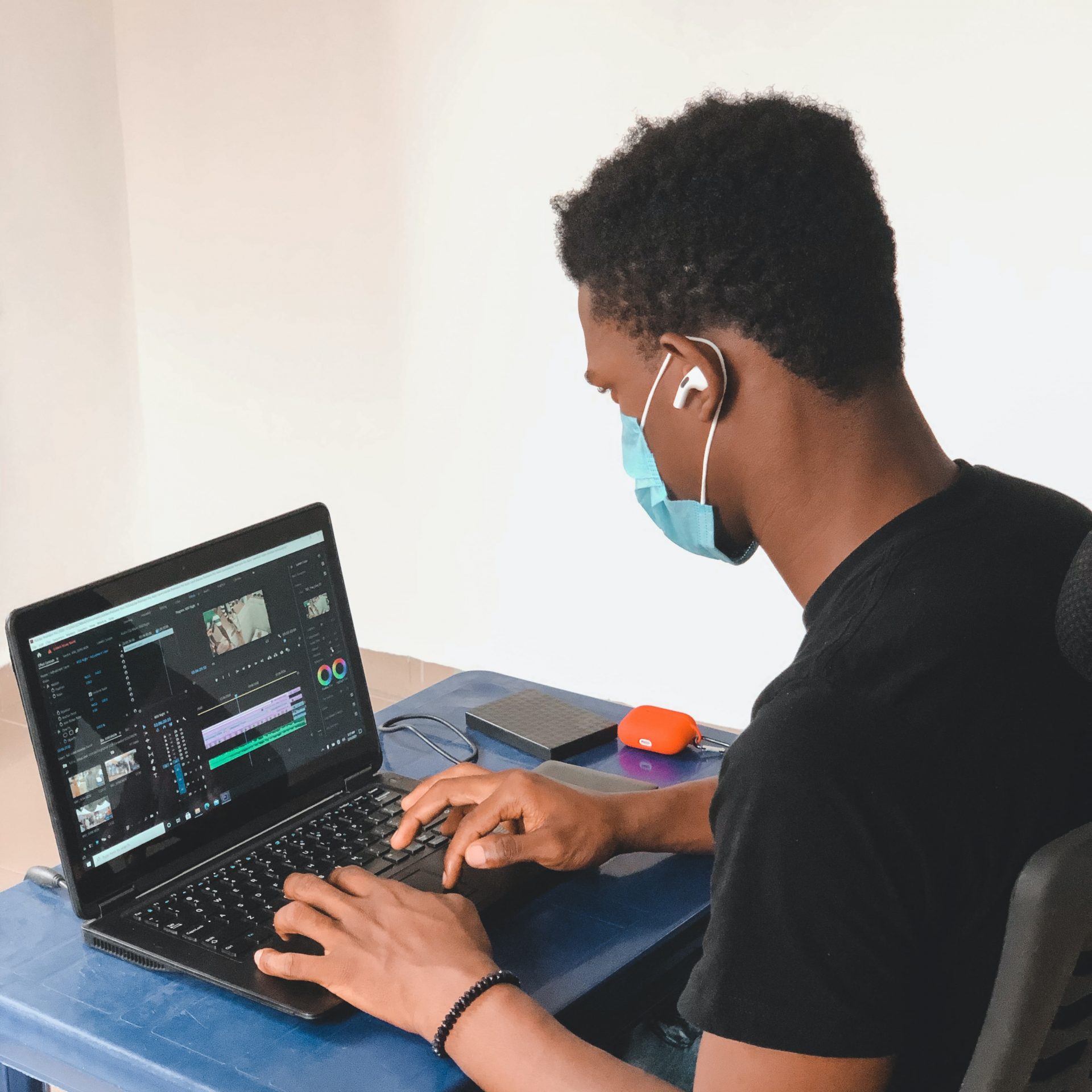During all phases of reopening, employers should implement strategies for basic hygiene (e.g., hand hygiene; cleaning and disinfection), social distancing, identification and isolation of sick employees, workplace controls and flexibilities, and employee training that are appropriate for the particular phase.–OSHA
As we all know, COVID-19 created massive changes to the work culture and the global economy. From a work perspective, immediate impacts were realized especially related to the loss of jobs and entire businesses, and we will also experience long term impacts yet to be defined.
Many companies are beginning to make plans for “non essential” employees to return to an in-person work environment; as a leader, how are you managing (and communicating) if/when/how you and your colleagues will be impacted?
There’s much to be considered, and there are arguments to almost every decision that needs to be made. Here are a few starter questions:
Q1. Are you/your organization preparing to bring employees back?
Q2. Do employees want to come back? What if they don’t?
Q3. Are changes required for floorplans/office space?
Q3. What were the benefits for working remotely? The downside?
Q4. Will vaccinations be required?
If yes, what will happen to those that refuse?
If no, how will positive covid tests be managed? (For
the sick and those exposed).
Q5. Do salaries or benefits need to be revised?
Q6. What key positions function best in person versus via teleconferencing?
Q7. Did any roles experience a loss in productivity?
Q8. What were the financial gains for minimizing office space and usage?
There are many, many more questions that need answering as we return to an in-person work culture. We encourage open and honest lines of communication and frequent status updates; wishing you well as we go through times of change (again!).
Businesses can start with a granular analysis of what work can be done remotely by focusing on the tasks involved rather than whole jobs.
–McKinsey

